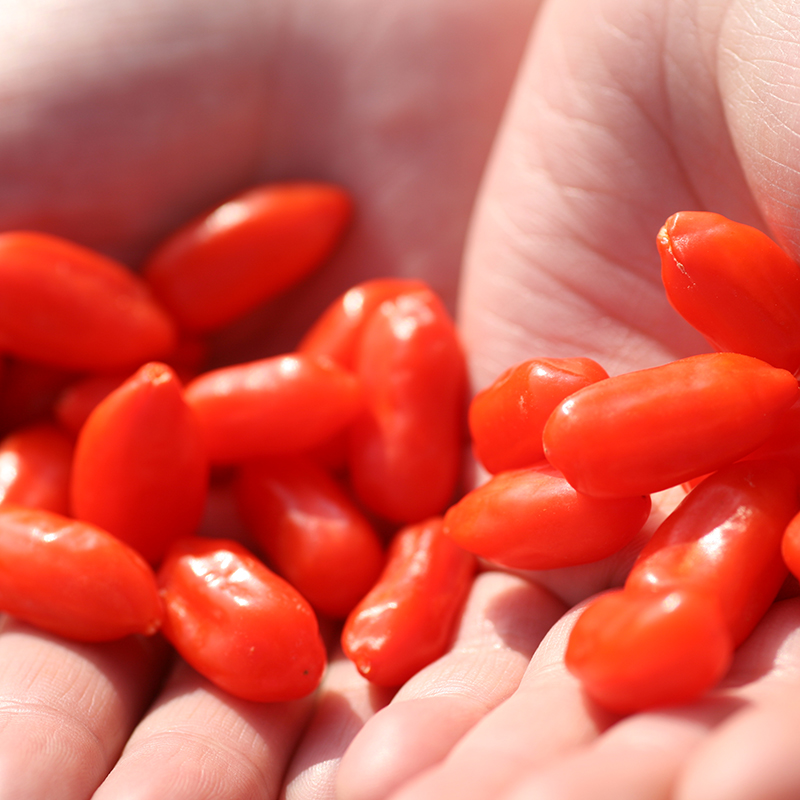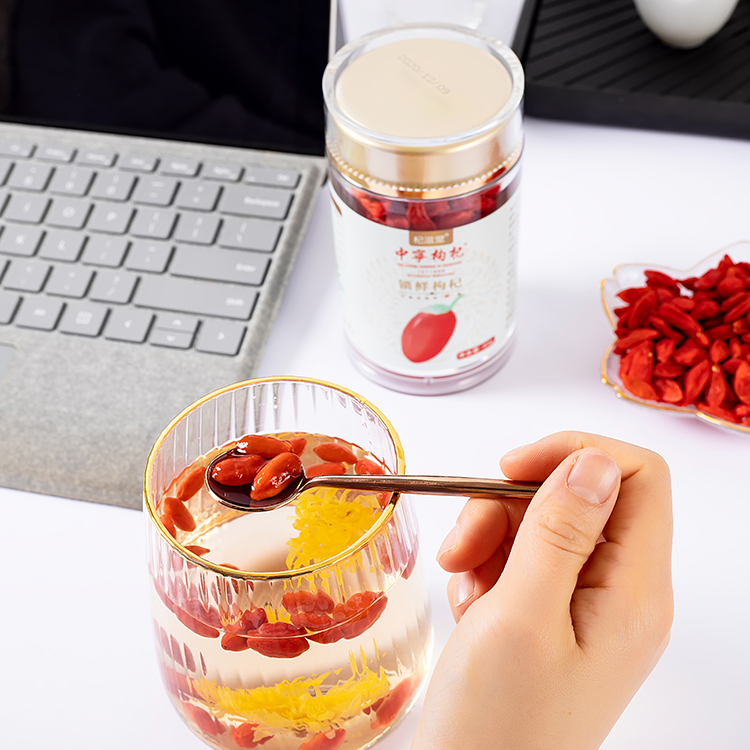Wheat Stripe Rust Needs Prevention and Control
Editor's note:
Recently, experts from the National Agricultural Technology Center organized inspections on the autumn seedlings of wheat stripe rust in China in 2013. The results showed that the incidence of autumn seedlings in Gansu Province and Qinghai Province was widespread, the diseased field rate was above 80%, and recent soil moisture and rainfall were high. These factors also contributed to the infection and incidence of stripe rust. Experts predict that wheat stripe rust will occur in winter and winter areas in China. In response, this reporter interviewed agricultural experts on how to prevent and control wheat stripe rust in order to provide technical assistance to readers.
Wheat stripe rust is an important disease in wheat production in China, which is widely distributed, spreads quickly, and has a large area of ​​damage. When the disease is endemic, the affected wheat can be severely reduced in yield, or even harvested. Member of the wheat expert guidance group of the Ministry of Agriculture, chief expert of wheat production in Shaanxi Province, professor of Northwest Agriculture and Forestry University, Zhang Baojun, post scientist of wheat science and technology innovation system in Shaanxi Province recommended that wheat production areas should pay attention to the monitoring of stripe rust and do a good job of prevention and control of stripe rust .
Symptoms
In the early stages of the onset of stripe rust, chlorotic yellow spots develop in the lower leaves and leaf sheaths, and soon yellowish or red-brown stink bugs are produced, which is similar to rust, namely the summer spores heap. There are several lines of lesions in one leaf. If the climate is suitable, it can be rapidly expanded to the whole plant, the whole forest, and even the whole field in 3 to 7 days, and the incidence rate is more than 80%. Infected wheat plants, if they are touched by humans or objects, the powdery spores will rupture, and there will be a large number of fresh yellow summer spores scattered or adhered to people or objects.
way for spreading
Wheat stripe rust is a typical long-range airflow-borne disease, with the annual infestation cycle of wheat spores on wheat. The infestation cycle can be divided into four parts: summer, infested autumn seedlings, wintering and spring. The summer spores generated in the over-summer area were blown into the wheat area by the wind, and became the initial source of the injurious seedlings. The germs can overwinter with the onset of disease. Spring spores are produced on overwintering disease wheat seedlings in the spring, which can spread to cause re-infestation.
Hazard characteristics
After the wheat is infected, the nutrients are taken by the bacteria, the chlorophyll is destroyed, the photosynthesis area is reduced, the epidermis of the leaves is broken, the water transpiration increases, and the respiration is strengthened, so that the growth and development of the wheat plant is hindered. The disease is light, the wheat grain is not full, the yield is affected, and the rate of powder extraction is poor; if the disease is heavy, the wheat grain cannot be filled, resulting in a significant reduction in production.
Control methods
1. Agricultural control: Select disease-resistant varieties and rotate wheat. The appropriate sowing, appropriate late sowing, not too early, can reduce the occurrence of stripe rust in autumn.
Appropriate fertilization, promote the application of enzyme composting compost or decomposed organic fertilizer, control nitrogen fertilizer, increase phosphorus and potassium fertilizer, do a good job with nitrogen, phosphorus, potassium and improve the disease resistance of wheat. Reasonable irrigation, soil moisture or attention to open drainage drainage after the rain, the late heavy disease need to be properly watered, to reduce yield losses.
Immediately after harvest, the crops were ploughed and sterilized, and the self-producing wheat seedlings were eliminated to reduce the source of the bacteria in the summer and reduce the incidence of wheat.
2. Chemical control: control strip rust can be used per acre 20% triadimefon 50 grams or 12.5% ​​diniconazole 40 grams, watered 50 kilograms, conventional spray contiguous prevention and control, interval 7 days, and then spray once; control underground Pests can be used to irrigate the roots with 50% phoxim 500ml of water and 750kg of water per acre.


[Wolfberry" and [goji berry" are synonyms for one of the best-known and admired berries from China, called gou qi or kei tze in Chinese.
The specifications of Dried Goji Berry are distinguished by the number of grains per 50g. The smaller the number of grains per 50g, the larger the grains of each Dried Wolfberry fruit. Generally, the wolfberry with 180 grains per 50g is the least on the market and the most popular.
Goji berries (also known as Wolfberries, Lycium barbarum), have been used in Asian herbal medicine for over 5,000 years and has been regarded as one of the most nutrient-rich foods on earth.
Specifications of Organic Dried Goji Berries:
180 grains/50g,
220 grains/50g,
250 grains/50g,
280 grains/50g,
370 grains/50g,
500 grains/50g,
550 grains/50g,
580 grains/50g, etc.

Ways of eating Organic Natural Dried Wolfberry:
Eat directly,
Tea,
Soup,
Chinese medicine formula,
Baking ingredients,
Beverage ingredients
Organic Natural Dried Wolfberry Function:
â—Reduce cholesterol.
â—Anti-cancer.
â—Support normal kidney function.
â—Will-being.
â—Support healthy liver function.
â—Support eye health and improves vision.
â—Balance blood pressure and serum sugar.
â—Treat sexual dysfunction.
High Quality Goji,Superfood Goji,Benefits of Goji,Cheap Goji,Frozen Goji
Ningxia Red Power Goji Co., Ltd. , https://www.redpowergoji.com